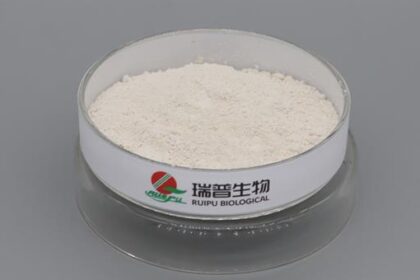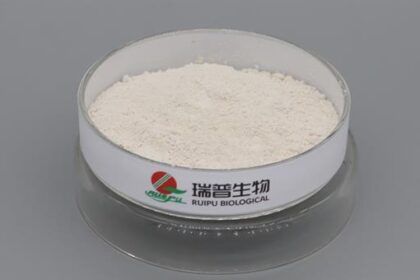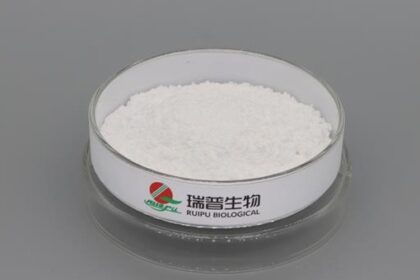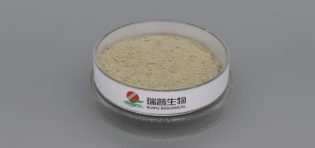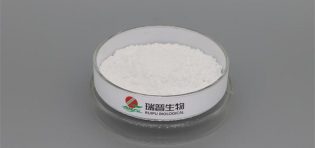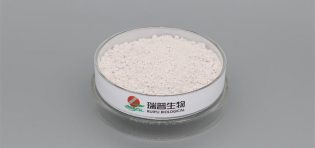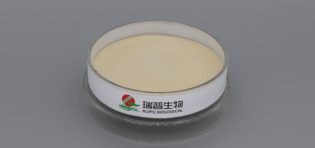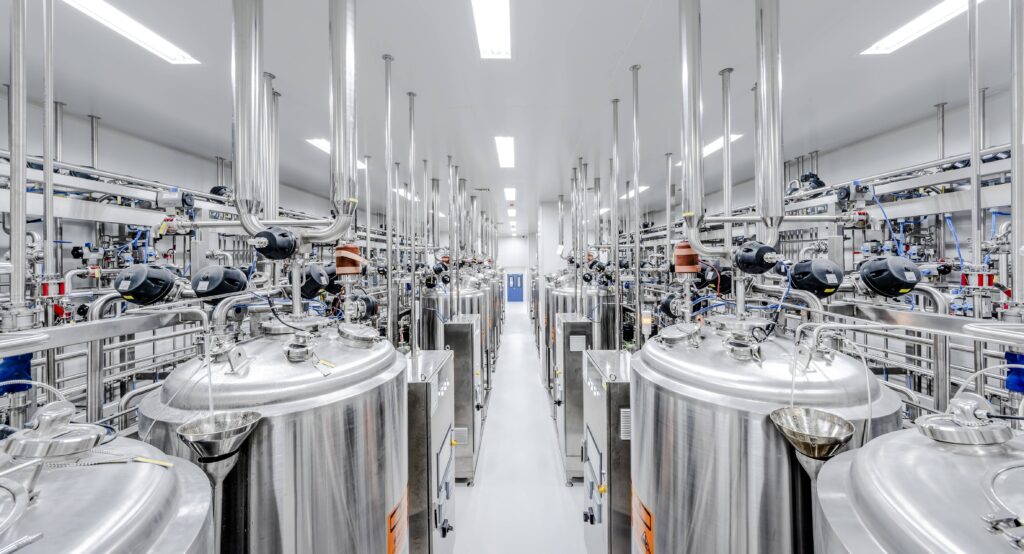
The efficient use of vitamin premix in aquaculture is a complex process involving many aspects, and the following is a detailed analysis of this issue:
I. Functions of Vitamin Premix
1.Promotion of Growth:
Vitamin premixes contain various vitamins that significantly promote the growth of aquatic animals. For example, vitamin A helps maintain the integrity and normal permeability of cell membranes and epithelial tissues, and promotes the synthesis of mucopolysaccharides, thereby supporting healthy growth. B vitamins promote growth by influencing carbohydrate metabolism, increasing appetite, and improving the conversion and utilization of feed nutrients.
2.Enhancement of Immunity:
Vitamins such as vitamin C and vitamin E enhance immunity, boosting the ability of aquatic animals to resist diseases and adapt to environmental changes. Vitamin D supports bone health and overall immune function in aquatic animals by promoting the absorption of calcium and phosphorus in the intestines.
3.Improvement of Reproductive Performance:
Certain vitamins, such as vitamin E, positively impact the reproductive performance of aquatic animals by promoting gonadal development and increasing reproductive rates.
4.Improvement of Meat Quality and Flavor:
Some components of vitamin premixes can improve the meat quality and flavor of aquatic products, enhancing their market value.
II. Strategies for Efficient Utilization
1.Scientific Formulation:
Formulate vitamin premixes scientifically according to the nutritional needs and growth stages of different aquatic animals, ensuring balanced and adequate nutrition.
2.Reasonable Feeding:
Follow feed formulas and feeding guidelines to feed vitamin premixes reasonably, avoiding nutritional imbalances caused by overfeeding or underfeeding. Pay attention to feeding times and amounts to ensure that aquatic animals can fully absorb and utilize the nutrients in the vitamin premixes.
3.Optimization of the Farming Environment:
The quality of the farming environment directly affects the growth and health of aquatic animals. Therefore, it is necessary to optimize environmental factors such as water quality, temperature, and lighting to provide a good growth environment for aquatic animals.
4.Regular Testing and Adjustment:
Regularly test the vitamin content in the farming water and feed to understand the utilization and residual levels of vitamins. Adjust the formulation and feeding amount of vitamin premixes in a timely manner based on test results to ensure that aquatic animals consistently receive an adequate supply of vitamins.
5.Use of High-Stability and High-Absorption Vitamin Premixes:
Choosing vitamin premix products with high stability and high absorption rates can reduce vitamin losses during processing, storage, and feeding, thereby increasing the utilization rate of vitamins.
III. Specific Examples
In practical aquaculture, there are many successful cases of vitamin premix application. For instance, certain aquaculture enterprises have significantly improved the growth rate, survival rate, and reproductive rate of aquatic animals by adding specially formulated vitamin premixes. Additionally, some advanced farming technologies have incorporated the use of vitamin premixes, such as the application of nano-scale liquid vitamins, further enhancing the utilization rate of vitamins and the effectiveness of aquaculture.
Efficient utilization of vitamin premixes in aquaculture requires comprehensive consideration of various factors, including scientific formulation, reasonable feeding, optimization of the farming environment, regular testing and adjustment, and the selection of high-quality products. By implementing these measures, the positive effects of vitamin premixes in aquaculture can be fully realized, thereby improving farming efficiency and market competitiveness.

